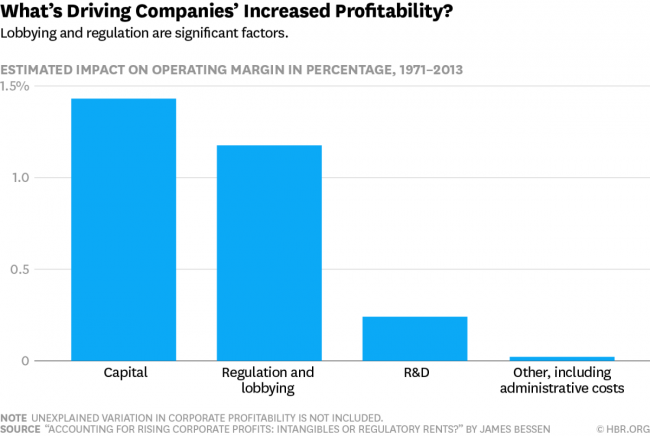What A Disaster Nationalization of the US Oil Industry Would Have Been!
Back in the 1970's, there were serious proposals in Congress to nationalize US oil companies. My dad, who was an executive at a major oil company, was being constantly dragged to DC to testify in front of Congress to try to explain what a bad idea that would be. This was a time of incredible economic ignorance in Washington, perhaps even more than average, when a Republican President had recently instituted wage and price controls and Congress was looking for ways to "fix" problems with oil supply that they themselves had caused with price control rules and other restrictions on exploration.
Think about what we know about state-run oil companies in Venezuela, Mexico and even Saudi Arabia:
- They always under-invest capital in well maintenance, preferring to route cash flow to social spending that helps maintain shaky governments in power. Many folks don't understand this, but production from a well starts falling off almost from the moment you drill it. Well's must be expensively reworked and maintained and upgrade to keep flowing over their life. This has gotten so bad in Venezuela that the country with the world's largest oil reserves is running out of gas. I worked with Pemex for years and, at least in the 1990's, were about 1 step away from Pemex looking just like Venezuela's state oil company
- They have missed most of the recent revolutions in technology, and do no technology development of their own. If not for technology developed by private western oil companies, they would barely be ahead of Edwin Drake.
- They deal with price downturns by forming cartels and attempting to fix prices and reduce output.
Private oil companies at the same time:
- Reinvest massively in both new and existing fields, often with 20-30 year time horizons
- Continue to revolutionize technology - the shale boom is just one example
- Respond to market price downturns with innovation and efficiency improvements.
The link above is gated so here is an excerpt:
Now, with oil currently trading near $50 a barrel, these producers are trying to unleash fracking 2.0, the next step in the technological transformation of the sector that is aimed at extracting oil even faster and less expensively to eke out profits at that level.
The promise of this new phase is potentially as significant as the original revolution. If more producers can follow EOG’s lead and profitably ramp up output from shale drilling even at lower prices, the sector could become a lasting force that challenges OPEC’s ability to control market prices.
For a sector in which the previous era’s success was tied to the rapid expansion of output, the shift toward finding more cost-effective ways to get to that oil and gas is full of challenges. When oil prices dropped, critics wondered if the shale industry—rife with heavily indebted companies that had never turned a profit—would collapse.
EOG, with its longtime focus on low-cost production, is the producer many hope to emulate, thanks to the iSteer app and dozens of other homegrown innovations. Dubbed the “Apple of oil” by one analyst, EOG made its name as a pioneer in horizontal drilling and in finding ways to get oil out of shale—often dense layers of rock that hold oil and gas in tiny pores—a feat many once believed impossible.
Can you imagine people like Gina McCarthy running our state oil company? Good god, we would have $10 gas and import 80% of our oil.




